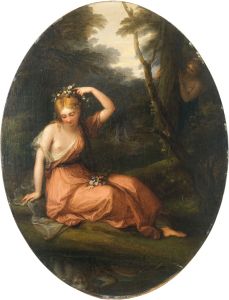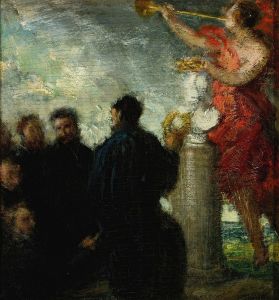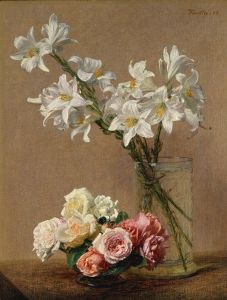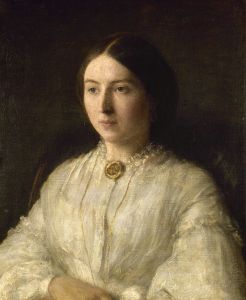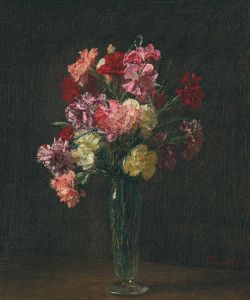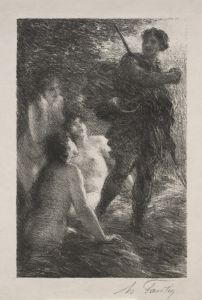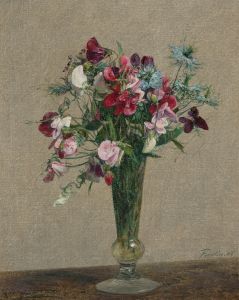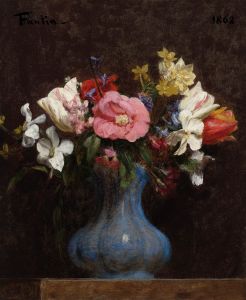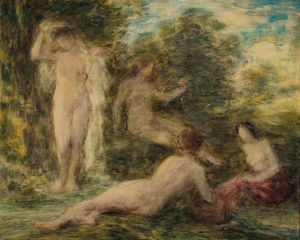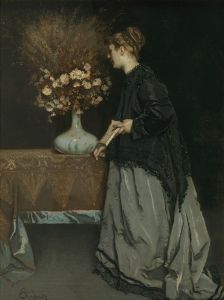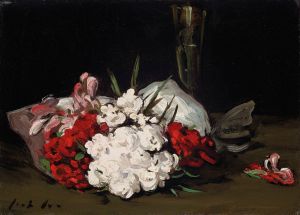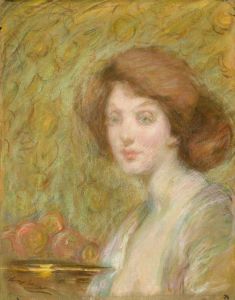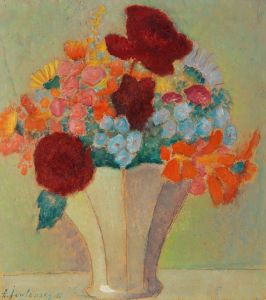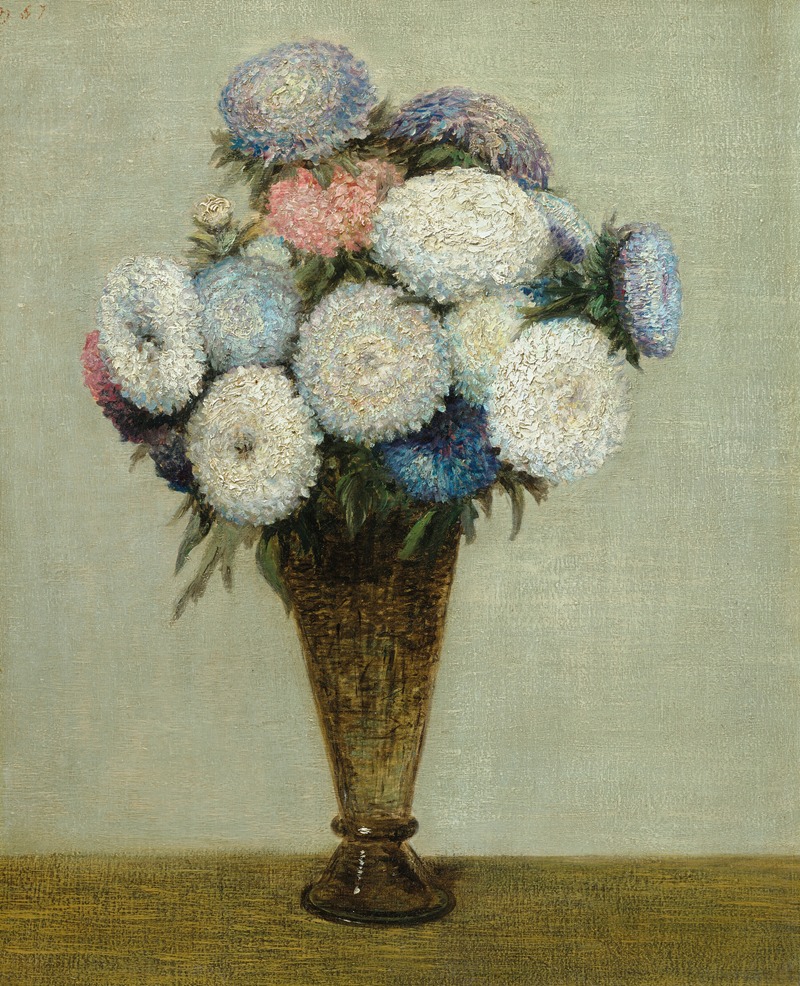
Bouquet of flowers
A hand-painted replica of Henri Fantin-Latour’s masterpiece Bouquet of flowers, meticulously crafted by professional artists to capture the true essence of the original. Each piece is created with museum-quality canvas and rare mineral pigments, carefully painted by experienced artists with delicate brushstrokes and rich, layered colors to perfectly recreate the texture of the original artwork. Unlike machine-printed reproductions, this hand-painted version brings the painting to life, infused with the artist’s emotions and skill in every stroke. Whether for personal collection or home decoration, it instantly elevates the artistic atmosphere of any space.
Henri Fantin-Latour was a renowned French painter known for his exquisite still life paintings, particularly those featuring flowers. One of his notable works is "Bouquet of Flowers," which exemplifies his mastery in capturing the delicate beauty and intricate details of floral arrangements. Fantin-Latour's work is celebrated for its realism and the subtle interplay of light and shadow, which brings a sense of life and vibrancy to his compositions.
Henri Fantin-Latour was born on January 14, 1836, in Grenoble, France. He moved to Paris with his family in 1841, where he later studied at the École des Beaux-Arts. Although he initially pursued portraiture and figure painting, Fantin-Latour gained significant recognition for his still life paintings, particularly those featuring flowers. His work was influenced by the Dutch still life painters of the 17th century, whose attention to detail and composition he admired.
"Bouquet of Flowers" is a testament to Fantin-Latour's skill in rendering floral subjects with precision and sensitivity. The painting typically features a variety of flowers, meticulously arranged to create a harmonious and balanced composition. Fantin-Latour's choice of flowers often included roses, peonies, and other blooms, each depicted with a keen eye for detail and texture. The artist's use of color is subtle yet effective, with a palette that enhances the natural beauty of the flowers without overwhelming the viewer.
Fantin-Latour's technique involved careful observation and a methodical approach to painting. He often worked directly from life, arranging flowers in his studio and studying them closely to capture their essence on canvas. This dedication to realism is evident in the lifelike quality of his paintings, where each petal and leaf is rendered with meticulous care. The artist's ability to convey the delicate translucency of petals and the play of light on different surfaces is a hallmark of his work.
Throughout his career, Fantin-Latour's flower paintings were highly sought after by collectors and art enthusiasts. His works were exhibited in the Paris Salon, where they received critical acclaim for their beauty and technical excellence. Despite the popularity of his floral still lifes, Fantin-Latour remained a somewhat private individual, preferring to let his art speak for itself.
In addition to his still life paintings, Fantin-Latour was also known for his portraits and imaginative compositions. He maintained friendships with several prominent artists of his time, including Édouard Manet and James McNeill Whistler, and was associated with the Symbolist movement later in his career. However, it is his flower paintings that continue to captivate audiences and secure his legacy as a master of still life.
"Bouquet of Flowers" and other similar works by Fantin-Latour can be found in major art collections and museums around the world. These paintings are appreciated not only for their aesthetic appeal but also for their contribution to the tradition of still life painting. Fantin-Latour's ability to elevate the simple beauty of flowers into works of art has ensured his place in the history of art as one of the foremost painters of floral still lifes.
Henri Fantin-Latour passed away on August 25, 1904, in Buré, France. His legacy endures through his paintings, which continue to be celebrated for their beauty, craftsmanship, and the artist's unique ability to capture the ephemeral nature of flowers with timeless elegance.





